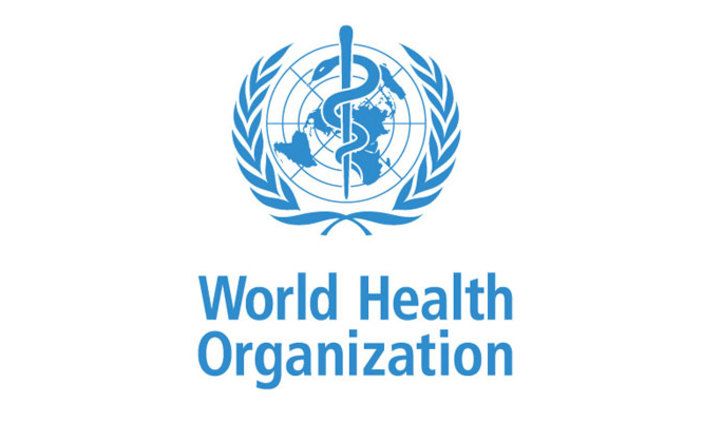WHO: Man Dies From First Novel Avian Influenza Strain
This man was the first person globally to have been diagnosed with influenza A(H5N2).
Image Credit: WHO

A Mexican man who contracted avian influenza A(H5N2) has died. According to the World Health Organization (WHO),this is the first laboratory-confirmed human case of infection with an influenza A(H5N2) virus reported globally and the first avian H5 virus infection in a person reported in Mexico.
Back on April 17, the man developed a fever, shortness of breath, diarrhea, nausea, and general malaise. A week later, the 59-year old man sought medical attention, and was hospitalized at the National Institute of Respiratory Diseases “Ismael Cosio Villegas” (INER per its acronym in Spanish) in Mexico City and died the same day.
The patient had no history of exposure to poultry or other animals, but had multiple underlying medical conditions, which were not disclosed publicly. The patient’s relatives reported that he had already been bedridden for 3 weeks, for other reasons, prior to the onset of acute symptoms.
Uncovering Influenza A(H5N2)
Results from Real-Time Polymerase Chain Reaction (RT-PCR) of a respiratory sample collected and tested at INER on April 24 indicated a non-subtypeable influenza A virus. On May 8, the sample was sent for sequencing to the Laboratory of Molecular Biology of Emerging Diseases Center for Research in Infectious Diseases (CIENI) of INER, which indicated that the sample was positive for influenza A(H5N2). On 20 May, the sample was received at the Institute of Epidemiological Diagnosis and Reference (InDRE) of the Mexico National Influenza Center, for analysis by RT-PCR, obtaining a positive result for influenza A. On May 22, sequencing of the sample confirmed the influenza subtype was A(H5N2).
The death was reported on May 23 by the Mexico International Health Regulations (IHR) National Focal Point (NFP) to PAHO/WHO. In addition, authorities report that the source of exposure is currently unknown, A(H5N2) viruses have been reported in poultry in Mexico. According to the IHR (2005), a human infection caused by a novel influenza A virus subtype is an event that has the potential for high public health impact and must be notified to the WHO. Based on available information, WHO assesses the current risk to the general population posed by this virus as low.
Exposures, Investigation
No further cases were reported during the epidemiological investigation, according to authorities. Of the 17 contacts identified and monitored at the hospital where the patient died, 1 person reported a runny nose between April 28 and 29. Samples taken from these hospital contacts between May 27 and 29 tested negative for influenza and SARS-CoV 2.
Twelve additional contacts (7 symptomatic and 5 asymptomatic) were identified near the case's residence. Samples of pharyngeal exudate, nasopharyngeal swabs and serum were obtained from these individuals.
On 28 May, the InDRE reported that all 12 samples from contacts near the patient's residence tested negative for SARS-CoV-2, influenza A and influenza B, as determined by RT-PCR. The results of the serological samples are pending.
Source of Exposure
Mexican health authorities are investigating to determine the likely source of exposure to the virus. Influenza A(H5N2) viruses have been detected in poultry in Mexico recently.
In March 2024, a high pathogenicity avian influenza A(H5N2) outbreak was detected in a backyard poultry farm in the state of Michoacán, which borders the State of Mexico where the case was residing.
Additionally, that same month, an outbreak of low pathogenicity avian influenza (LPAI) A(H5N2) was identified in poultry in Texcoco, State of Mexico, and a second outbreak of LPAI A(H5N2) in April in the municipality of Temascalapa in the same state. Thus far, it has not been possible to establish if this human case is related to the recent poultry outbreaks.
